So last week we talked about how long and how often to practice. You came to the conclusion that you are going to dedicate daily practice to your instrument and your musical goals – congratulations! 6:30 PM rolls around, you sit down at your music stand in a quiet corner of your home. You play through the song you are working on... and its been only two minutes. What are you going to do for the next eighteen to twenty-eight minutes? My friend, you need a plan. I have two rules that I follow in organizing my practice routine:
50% of your time has to be spent on learning actual music, 50% on some other skill; and
Always practice something that actually engages and interests you.
This week, let's explore the first tenet of the Commonwealth Music School practice philosophy. When I was in college, and an impressionable young man, I would spend up to six hours a day running scales, triads and chord inversions up and down the fretboard of my hollowbody. When the evening rolled around, I would end up in jam sessions that I was ill-prepared for. Someone would call out “Impressions" or “Blue Bossa”, and I did not have the slightest idea how the songs sounded and what was appropriate to play. The funny thing was, I would not cut out any time out of my day to listen to the music, or even look at the chart for these standards as something to be played and enjoyed - it was more something I needed to defeat. I remember going home for the holidays and my family would ask me to play something I learned in school - but I really truly did not know too many songs. Sure, I could run scales and chords at various speeds on the metronome, but those are just tools that aid in the making of music, not the music itself.
My last year of school, I spent learning as many songs as possible, and transcribing as many solos as possible. I felt like my playing came alive that year, because I was making actual music. Now do not get me wrong, I was happy to have all the tools and knowledge I built up by my previous practice, but looking back on it, I really should have switched things up more.
I am going to share an example from my own practice routine this week, and then I will give you an example of how you can implement this in your own routine. I started working on “Marquee Moon” by Television this week, and when it came to the solo section, I realized I do not have the speed and dexterity to play the part in time with the fluidity and command I would like. The last fifteen minutes of my time was spent practicing the first line of the solo, broken down to a metronome. I edged things up slowly, 5 BPM at a time. Essentially, by learning this song, an area of weakness showed in my playing: speed, and legato scale runs.
Let's assume your CMS teacher has given you a song to work on this week. “Our Song” by Taylor Swift. You play the chord progression a few times through, and then you do not know what to do. Well, was there any difficult changes in there for you? Maybe everytime you switch from D to E Minor, there is a pause. START THERE! You can play the chords back and forth out of time, fast, slow...anything you can think of. Find your weaknesses, and come up with little games to overcome them. If you really feel stuck, talk to your teacher and they can write out an etude for you to play that will help you get better at your song.
Next week, we will explore a little more. Happy practicing!

